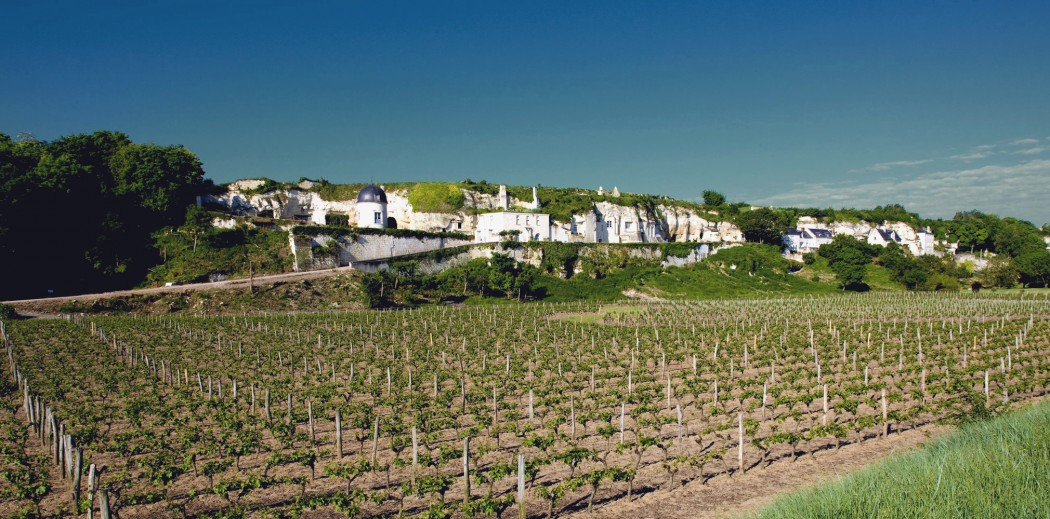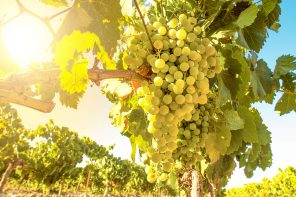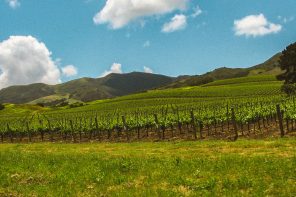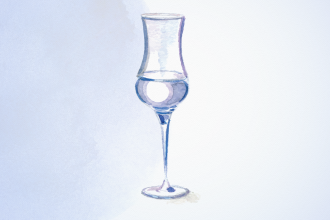Ah, Provence. Land of the Mediterranean, home of the lavender, and most certainly, king of French rosé regions. More likely than not, it’s safe to assume that 50 percent of your local wine shop’s rosé section is brimming with selections from Provencal appellations such as Bandol, Coteaux d’Aix-en-Provence or the general Cotes de Provence AOC. With popular brands like Miraval and Whispering Angel calling the lush lands of the south home, many reputable rosé regions from France tend to get overlooked. Next time you’re in the market for a bottle of pink, check out one of these equally delicious French regions for your rosé selection:
Loire Valley
Despite being geographically opposite from Provence in terms of location, this Northwestern region of France produces some stellar rosés. Sancerre and Chinon appellations both produce equally awesome dry rosés. Rosés from Chinon, like reds from the area, are 100 percent Cabernet Franc, offering an earthier alternative to pinks from Provence. Moving slightly to the East, Sancerre rosés also offer some earthier alternatives, though they tend to be more mineral driven thanks to the terroir of the region and the use of the Pinot Noir grape. Rosés from Touraine provide a happy medium of Chinon and Sancerre; both Cabernet Franc and Pinot Noir are used in the production of Touraine rosé, with the taste profile varying, depending on the particular cuvée. For those with a preference for something sweet, Rosé d’Anjou – produced from blends of Cabernet Franc, Gamay and Grolleau – offer a more fruit-driven, slightly sweeter palate than their Loire Valley counterparts.
Bordeaux
Known for its First-Growth reds and world renowned Chateaux, Bordeaux tends to be forgotten on the rosé wine scene. However, rosés from Bordeaux offer a nice contrast to those of Provence. While Provencal rosés focus on varietals such as Cinsault, Grenache, and Mourvèdre, rosés from Bordeaux use traditional Bordeaux red varietals in pink wine production: Cabernet Sauvignon and Merlot. These Bordeaux-blend rosés still offer the same freshness and berry-driven flavors as their southern counterparts, though the Cabernet Sauvignon can give it a slightly fuller, more herbaceous character – making it the perfect rosé to pair with food.
Burgundy
Rosé from Burgundy, while harder to find, is definitely worth the hunt. Marsannay, a famed appellation for Pinot Noir, is the sole appellation (at village level) in all of Burgundy approved to produce rosé. Pinot Noir and Gamay are the varietals used in rosé production, via pressing or saignée method. Red currant flavors dominate these wines, making them perfect matches for mixed summer salads, grilled white meat and charcuterie.
Rhone Valley
Still hesitant to venture away from Provence? Rhone Valley rosés are a step in the right direction. While still coming from the south of France – just not as south as Provence – these fruit-forward, dry rosés are composed of the same grapes used in typical Provencal blends: Grenache, Syrah, Cinsault, and Mourvèdre, as well as other popular Rhone varietals (Clairette, Piquepoul, etc.) Be sure to check out rosés from Tavel, the sole rosé-only appellation in all of the Rhone Valley. Tavel rosés tend to be on the darker side, almost magenta in color, and provide incredible aging potential – a rare characteristic of rosé wine. They’re also ideal components for grilled meats, balsamic-based dressings and traditional Mediterranean cuisine. For more Provencal-like pinks, seek out fresh, salmon-colored options from Ventoux or Costières de Nimes, both offering crisp red berry flavors and light floral notes.








